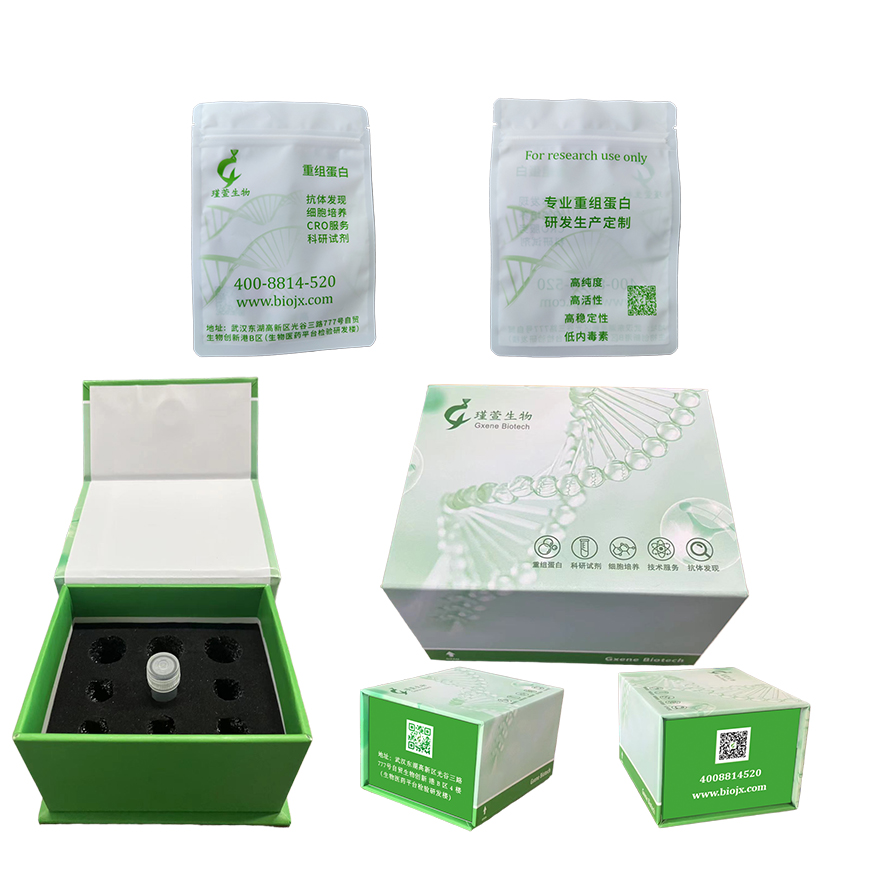研究方向
FAM19A2 蛋白作为神经营养因子,在促进神经元存活和促进各种神经生物学功能方面发挥着关键作用。它参与支持神经元的健康和持久性,强调了它在维持神经元健康方面的重要性。FAM19A2 作为神经营养因子的特征表明它在神经保护策略和神经系统内基本过程的调节中具有潜在的相关性。
Ala31-His131
After reconstitution, the protein solution is stable at -20℃ for 3 months, at 2-8℃ for up to 1 week.未开盖的干粉蛋白在 -20°C至-80°C可保存12个月;
复溶之后,蛋白溶液在-20°C及以下可保存3个月,在2-8℃可保存1周。
2. Measured in a cell proliferation assay using SH-SY5Y human neuroblastoma cells. The ED50 this effect is 1.455-3.659 μg/mL, corresponding to a specific activity is > 273.30 units/mg.
背景信息
TAFA2 (also FAM19A2) is a secreted, 11 kDa member of the FAM19/TAFA family of chemokine-like proteins. It is synthesized as a 131 amino acid (aa) precursor that contains a 30 aa signal sequence and a 101 aa mature chain (SwissProt #: Q8N3H0). Like other members of the FAM19/TAFA family, with the exception of TAFA5, mature TAFA1 contains 10 regularly spaced cysteine residues that follow the pattern CX7CCX13CXCX14CX11CX4CX5CX10C, where C represents a conserved cysteine residue and X represents any noncysteine amino acid. Human TAFA2 is 97% aa identical to mouse TAFA2. TAFA2 expression can be detected in the central nervous system (CNS), colon, heart, lung, spleen, kidney, and thymus, but its expression in the CNS is 50- to 1000-fold higher than in other tissues. Within the CNS, TAFA2 expression is highest in the occipital and frontal cortex (3- to 10-fold more abundantly expressed than in other cortical regions) and medulla. The biological functions of TAFA family members remain to be determined, but there are a few tentative hypotheses. First, TAFAs may modulate immune responses in the CNS by functioning as brain-specific chemokines, and may act with other chemokines to optimize the recruitment and activity of immune cells in the CNS. Second, TAFAs may represent a novel class of neurokines that act as regulators of immune nervous cells. Finally, TAFAs may control axonal sprouting following brain injury .

